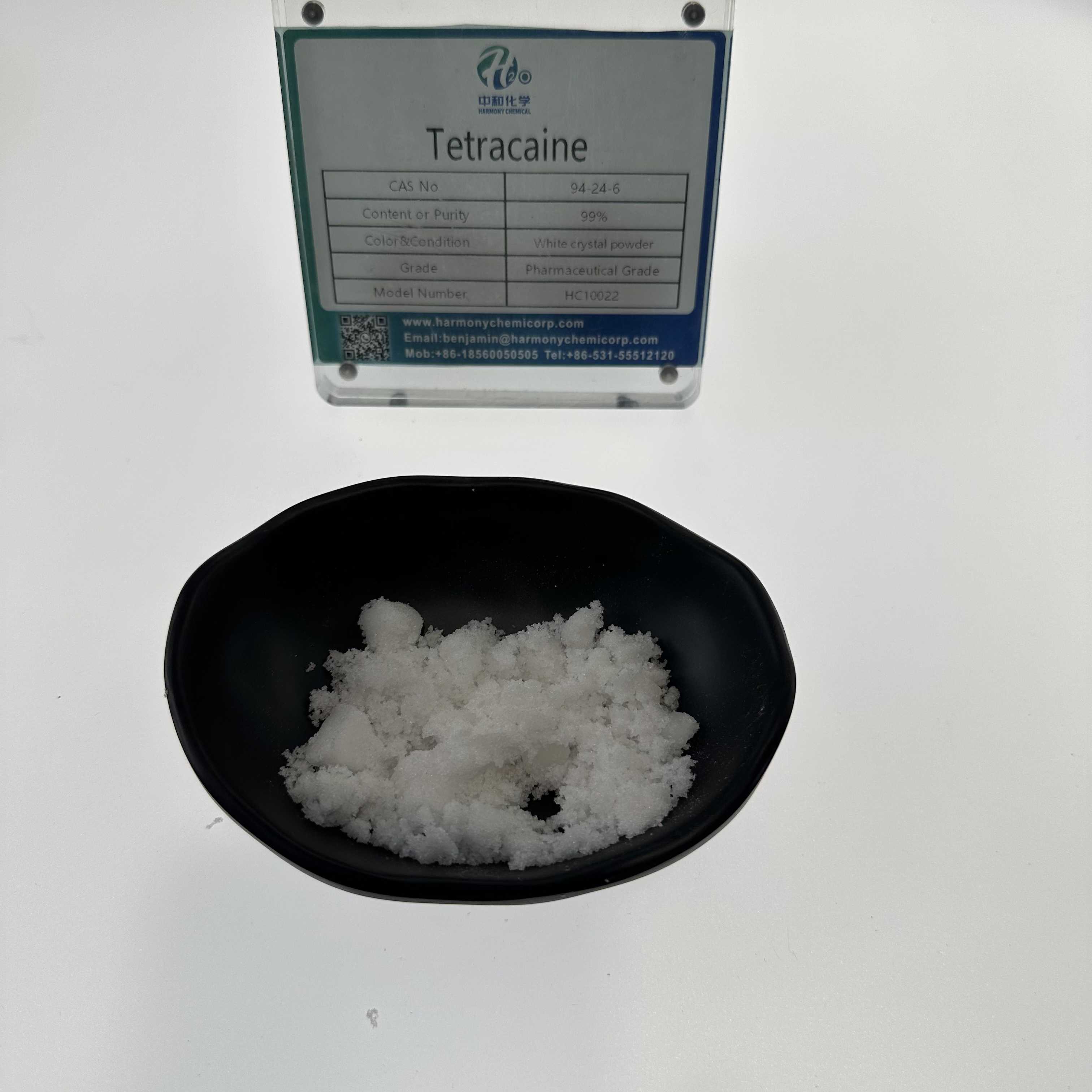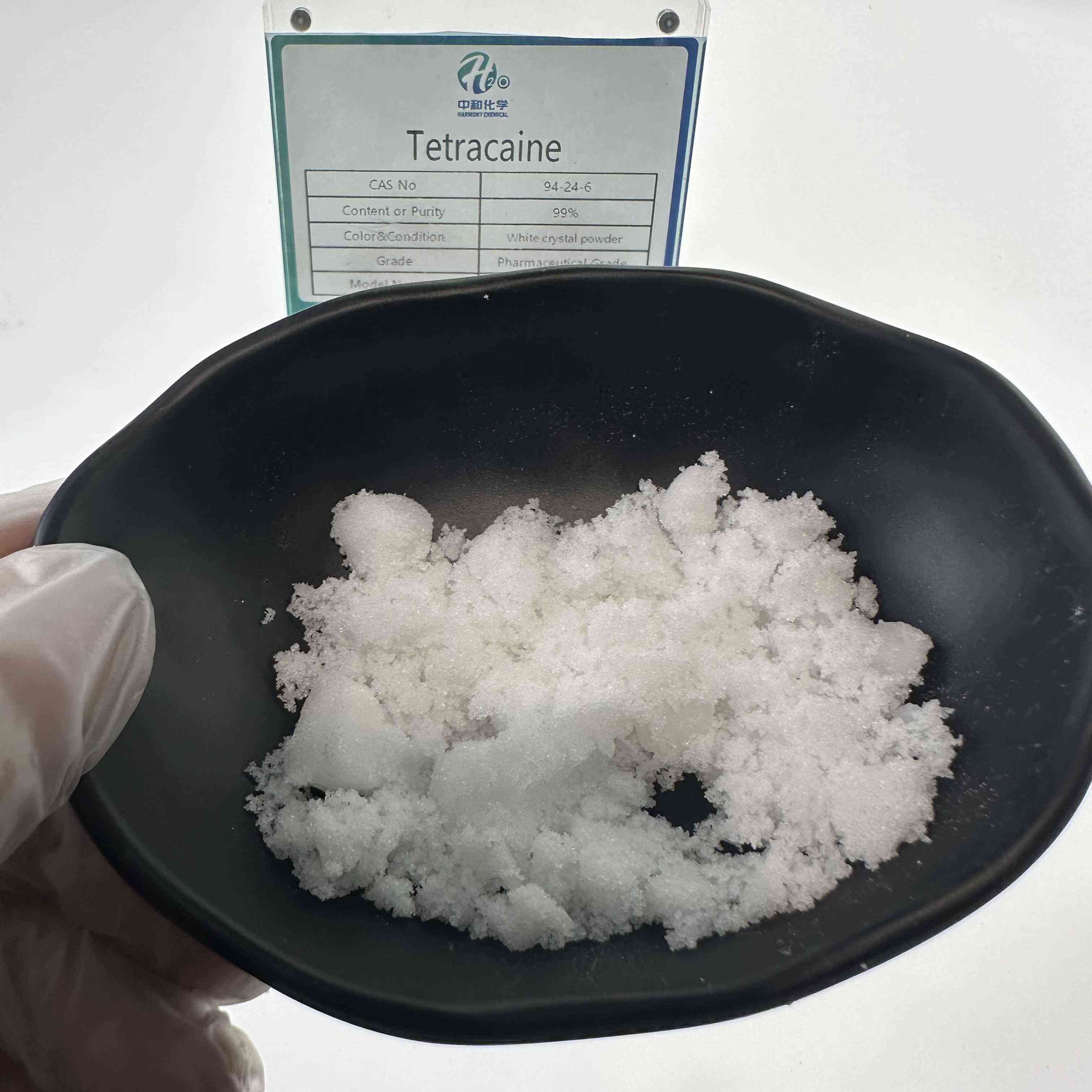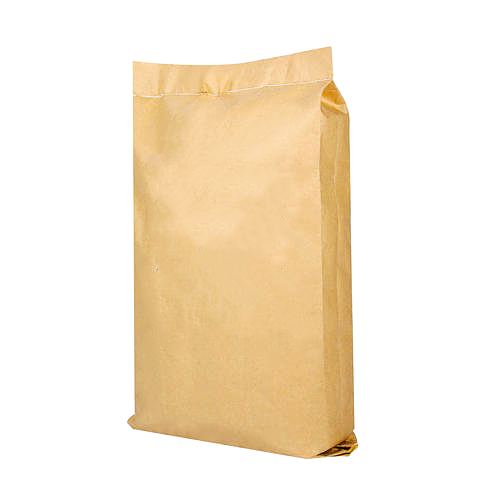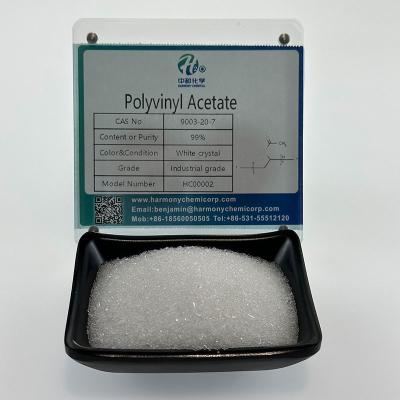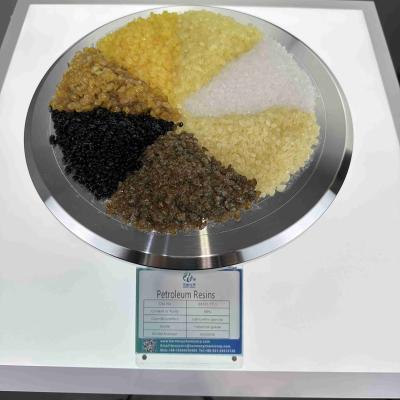Tetracaine
The motion depth of nearby anesthesia is 10 instances that of Procaine, and the motion can closing for 2-3 hours, with sturdy penetration. Mainly used for floor anesthesia of the eyes, nose, throat, and urinary tract. After absorption, it can motive convulsions and then flip into respiratory depression, typically no longer used for anesthesia such as infiltration and conduction.
Product Details
| name | Tetracaine |
| CAS NO | 94-24-6 |
| Molecular formula | C15H24N2O2 |
| molecular weight | 264.36 |
| melting point | 41.0 to 45.0 °C |
| boiling point | 407.59°C (rough estimate) |
| Storage conditions | 2-8°C |
| Acidity coefficient | pKa 8.33±0.03(H2O t = 20.0 I = 0.10 (KCl)) (Uncertain) |
| form | powder to crystal |
| colour | White to Almost white |
Introduction:
Dicaine is a white crystalline or crystalline powder, odorless, slightly bitter in taste, and has a tingling sensation. Soluble in water, soluble in ethanol, insoluble in ether or benzene.
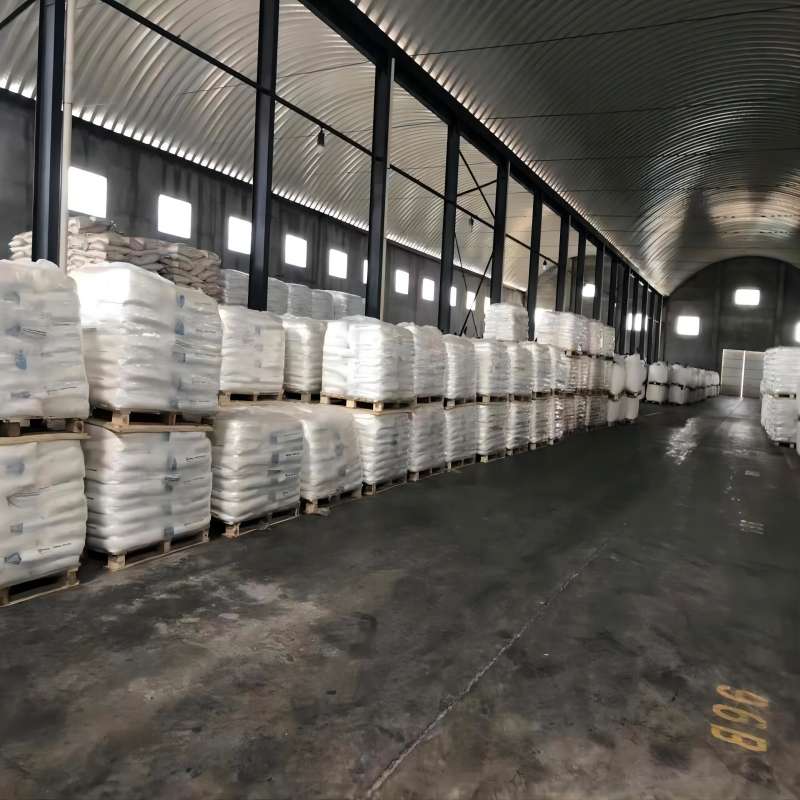

Leave your messages

